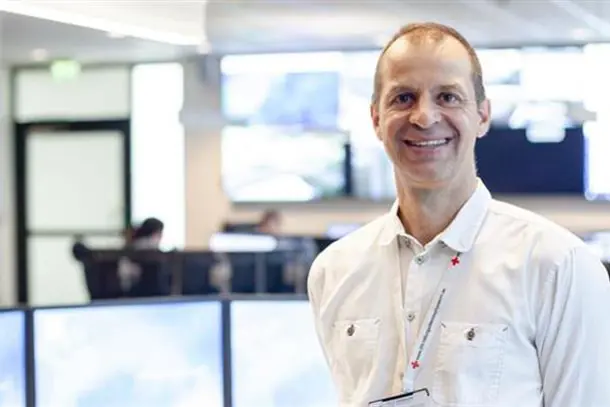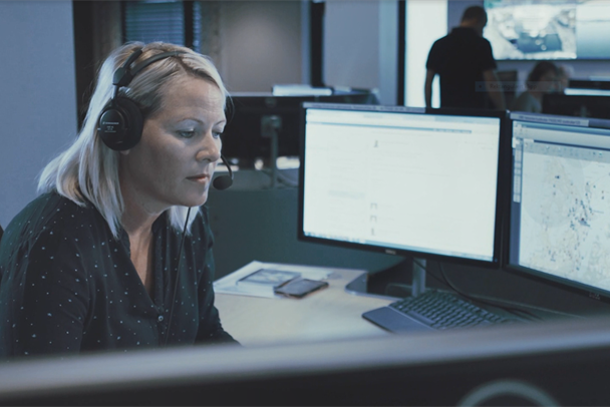AMK Simulator
RAKOS and Headroom Life Science AS have established a cooperation to develop a simulator for AMK (Emergency Medical Communication Centre).

Currently, there is no system put in place for standardized recruitment, education and further education for Emergency Medical Communication Centre (AMK) operators. This includes both technical and communication skills. There is therefore a desire to set up a certified arrangement to ensure a high professional standard among the operators.
The AMK simulator project is a cooperation between RAKOS, AMK Stavanger and Headroom Life Science, where we wish to unite artificial intelligence and simulation training to develop a brand-new concept within the competence level of health personnel.
The training tool is called EmergencyPerform simulator, which is a 1:1 training simulator where health personnel interact with virtual patients developed through artificial intelligence. 1:1 simulation means that the users trains using scenarios that are identical to real-life scenarios in their work place. The health personnel would be using the tools that that they would be using at work and going through the scenarios in an actual work environment. As a health personnel and a user, one would be phoned up by a virtual patient with artificial intelligence. In addition to simulating realistic symptoms, the virtual patients will react emotionally to the operators language and behaviour as a regular patient would. In a later stage, cameras will also be implemented, and the virtual patients would then react to the users facial expressions as well. In this way, the health personnel would be able to practice in different scenarios in the same way one would when developing experience through several years of clinical work.
It is also a goal to develop a small-scale version of this to be used in local emergency medical communication centres, ambulance services, GP surgeries, fire and police stations as training in communication and technology.

The aim of EmergencyPerform is to ensure that all workers dealing with life saving work not only have the theoretical competence that is require, but also the competence, experience and security that is needed in order to effectively execute their job, irrespective of emergency and critical situations.
We expect that this important project will contribute to improving the health personnel's efficiency and quality with the positive ripple effects it entails.
For the operators, this can ensure increased security and well-being at work, and in emergency medicine, EmergencyPerform can be the small difference that saves the vital seconds and minutes before the correct diagnosis and treatment is given, and thus saves lives.